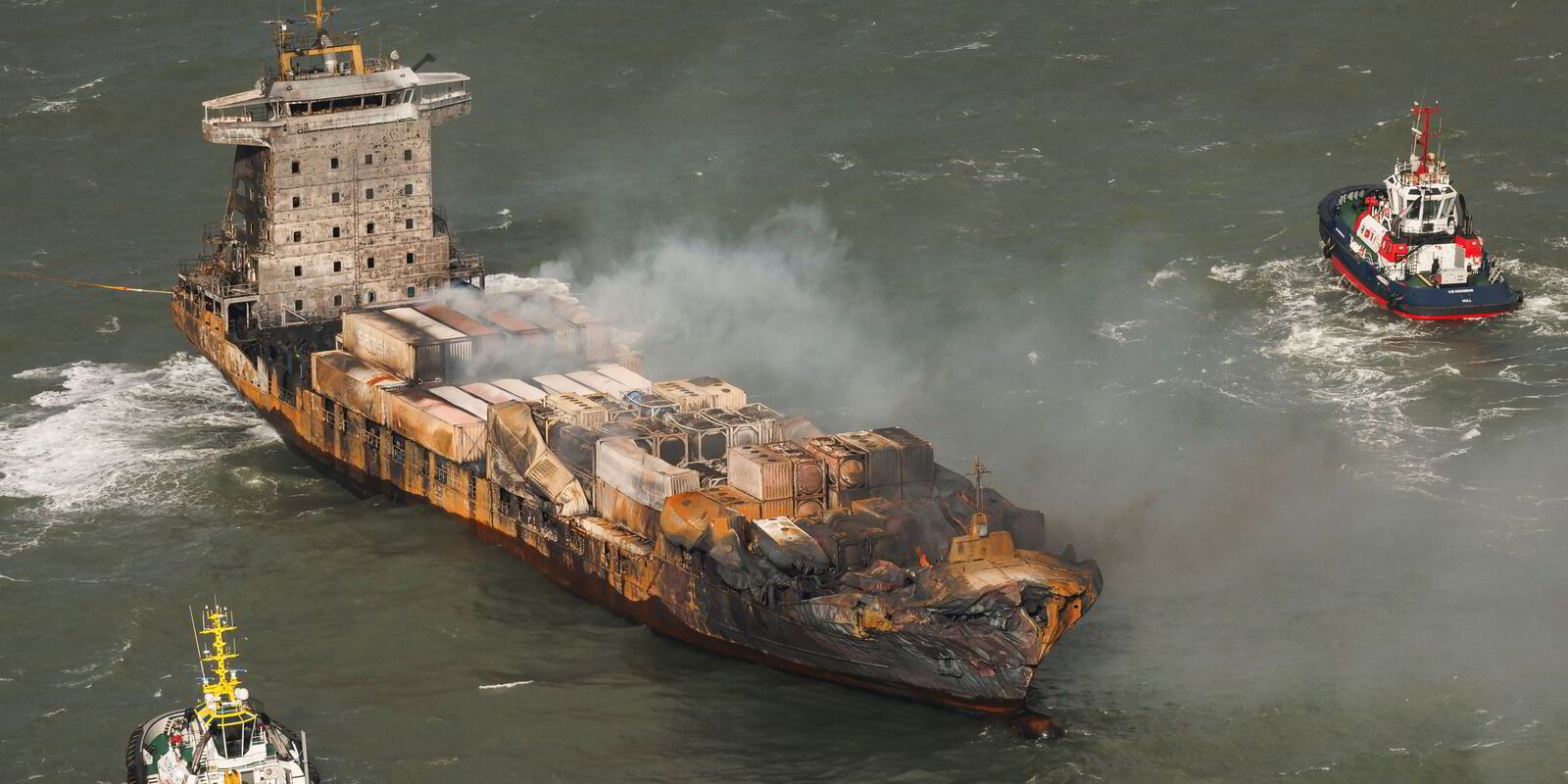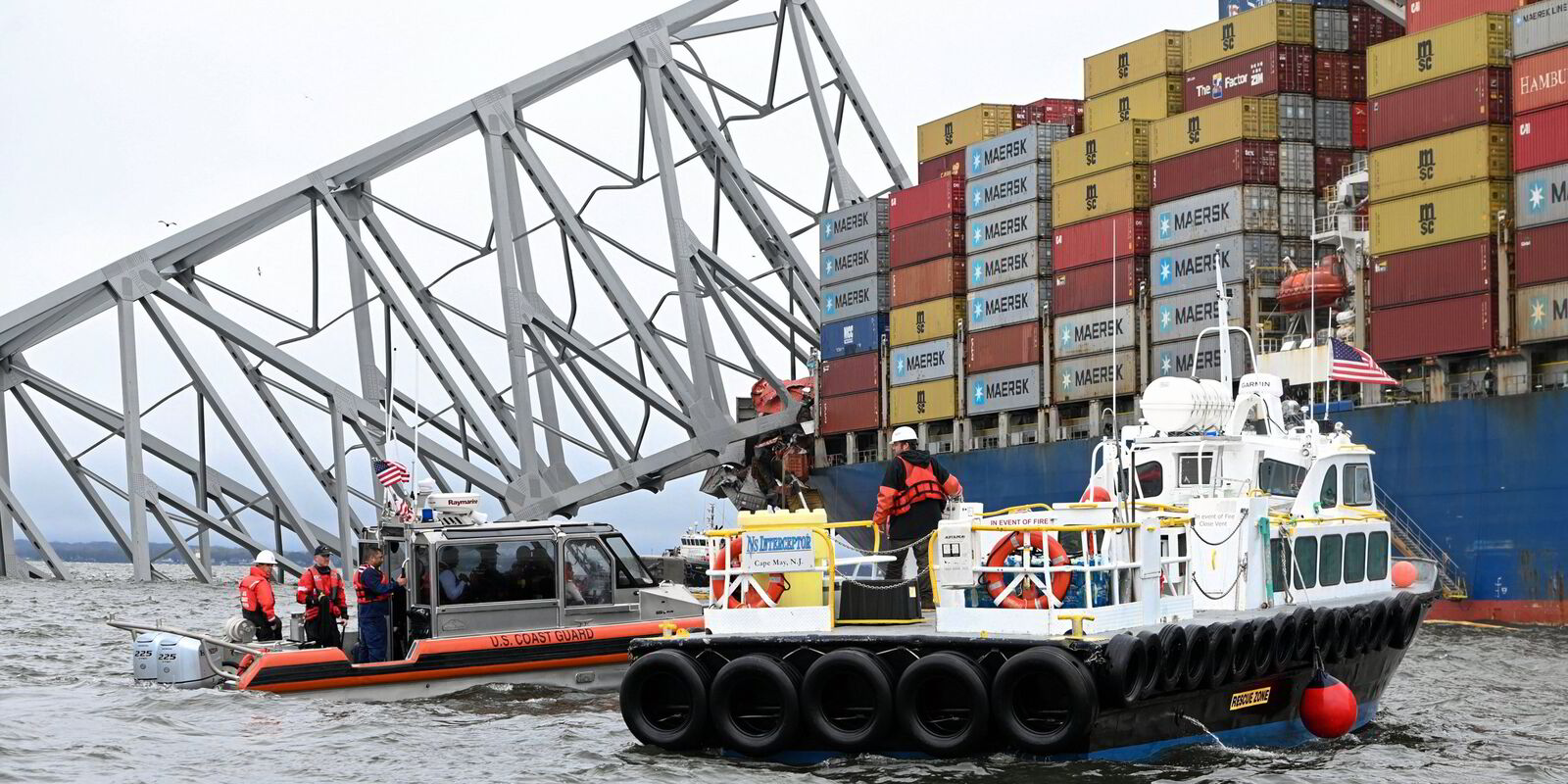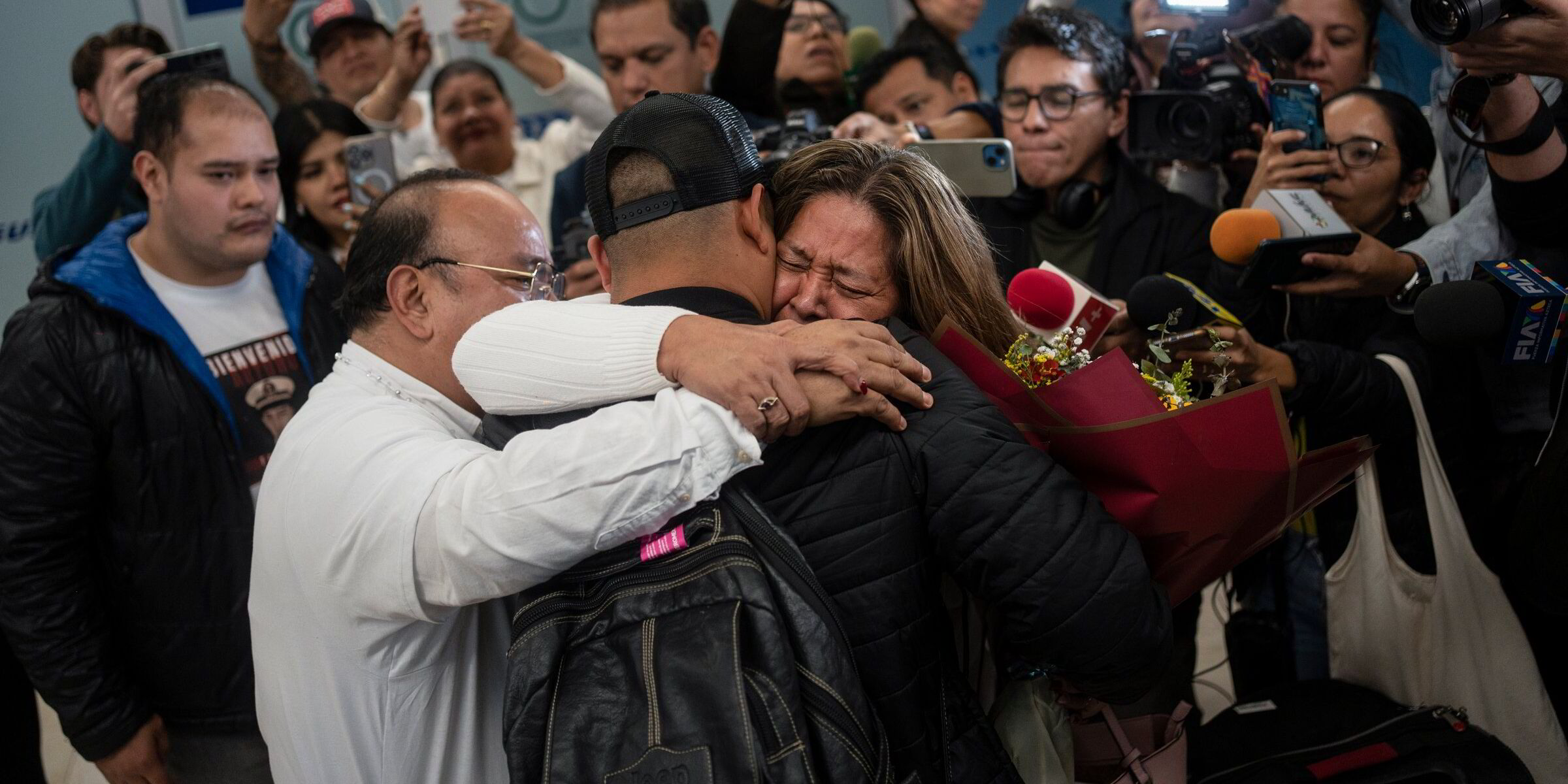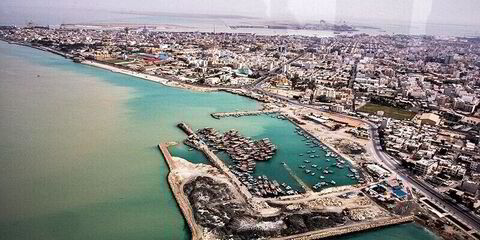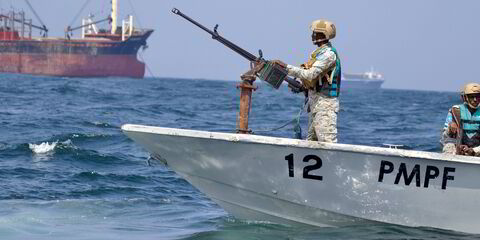Fatigue is still a huge issue in shipping, despite technology and regulations being brought in to try to tackle the problem.
Safety experts are urging maritime regulators to focus more heavily on seafarer safety in light of a disaster in the North Sea off north-east England, where the 804-teu container ship Solong (built 2005) rammed into the anchored 49,700-dwt tanker Stena Immaculate (built 2017).
It has been reported that the boxship’s master was the sole officer on watch on the bridge at the time of the accident on 10 March.
British police have charged him with manslaughter.
US-based accident investigator and long-time master Captain Jim Staples believes shipping has a long-running problem with fatigue, and this incident in the North Sea underscores the necessity for action.
One area of focus is the need for work and rest periods to be recorded.
Staples said: “A lot of these guys on the ships are gun decking [falsifying] their rest period logs because nobody wants to be out of compliance.
“They do not want port state control to give them a hard time and it is difficult for a master to say he needs rest periods for the crew [when alongside] because the ports will just throw you out.”
Coastal vessels are particularly hard hit, Staples said. He listed the constant rotation of ports with little rest, the disturbance of the engine movements in port as a vessel berths or unberths, and then the difficulties of sleeping on small vessels in bad weather, as all contributing to mental and physical fatigue.
“It is not just the guys on the ship, it is the whole industry, allowing these safe manning standards as they call them, but they are not.”
The responsibility, he argues, lies with the regulators who have allowed the situation to get out of hand.

“The problem lies with the International Maritime Organization, the US Coast Guard and other regulatory bodies, They can lighten it.”
New research by Bikram Bhatia at the World Maritime University backs up Staples fears.
Bhatia recently completed his PhD thesis on fatigue. It involved interviewing more than 6,000 seafarers, 55 port state control officers and studying over 16,500 port state inspections.
In his paper, published recently, he noted that more than 64% of seafarers admit to falsifying work/rest records, with more than half being told to falsify their records by either a superior on board or head office.
“In short,” he wrote, “The structures supporting implementation of work/rest regulations are broken.”
Technology issues
A further problem Staples has identified in his work in the US is that deck officers often fail to understand how to use bridge technology, which while fatigued, will compound the risks of an accident.
Staples runs technology awareness or refresher courses at a US nautical college for deck officers.
Shell and Crowley have sent officers on the course, he said.
“We put them in a simulator and run them through scenarios, and what we see is the limitations of the knowledge of some of them, the misunderstanding of the rules of the road or the equipment they use.”

Nippin Anand, former seafarer and author of the book Are We Learning from Accidents?, said that the solution to seafarer fatigue does not lie in more technology, record keeping and checklists.
While technology firms are promoting solutions such as AI as a solution for human error, Anand said the industry needs to look at the problem from a new angle.
He believes shipping companies are getting drawn into a false narrative about the efficiency of AI, while failing to address key safety risks relating to crew fatigue.
“There is nothing wrong with AI, but you need to use it with an awareness of its limitations,” he told TradeWinds.
“Work and rest hour rules were never meant to measure fatigue, we have got it totally wrong,” he said.
He cited how the Maritime Labour Convention (MLC) highlights the right for seafarers to have sufficient rest, but does not focus on the quality of the rest or even if it has been achieved.
“The whole idea of work and rest in the requirements is to have the right to sufficient rest,” he said. “We should not throw this away, but we need also to measure its quality.”
Anand believes there are many factors leading to seafarers being fatigued even if their rest hours are compliant.
It could be that crews sit in their cabin with modern connectivity and fail to sleep, with issues at home, or loneliness causing stress.
“The body is not a physical instrument, we are biological and sleep impacts us all in different ways,” he said.
“We cannot work only towards goals, targets and performance indicators, as that only demonises people as they work.”
MLC amendments
Fatigue is soon to be addressed in a tripartite meeting in April organised by the International Labour Organization.
It brings together representatives from member states that are signatories of the MLC with seafarer representative bodies and shipowners. The aim is to discuss 16 proposed amendments to the MLC.
Representatives will meet to discuss ongoing issues, such as fatigue, harassment and criminalisation, with a view to amending the MLC and encouraging shipping companies and maritime states to address the issues head on.
Although, in Staples’ mind, one of the simplest solutions will be to increase minimum manning levels.
“The chief officer should be a day watch officer with three other junior officers holding the three watches,” he said. “That way if workloads or bad weather have a negative impact then the vessel’s bridge management team have a solution”.
Staples said the master is usually desk-bound with too much paper work to be able to take the watch role, as we have seen with the story that is unfolding in the investigation of the Solong’s collision with the Stena Immaculate.
